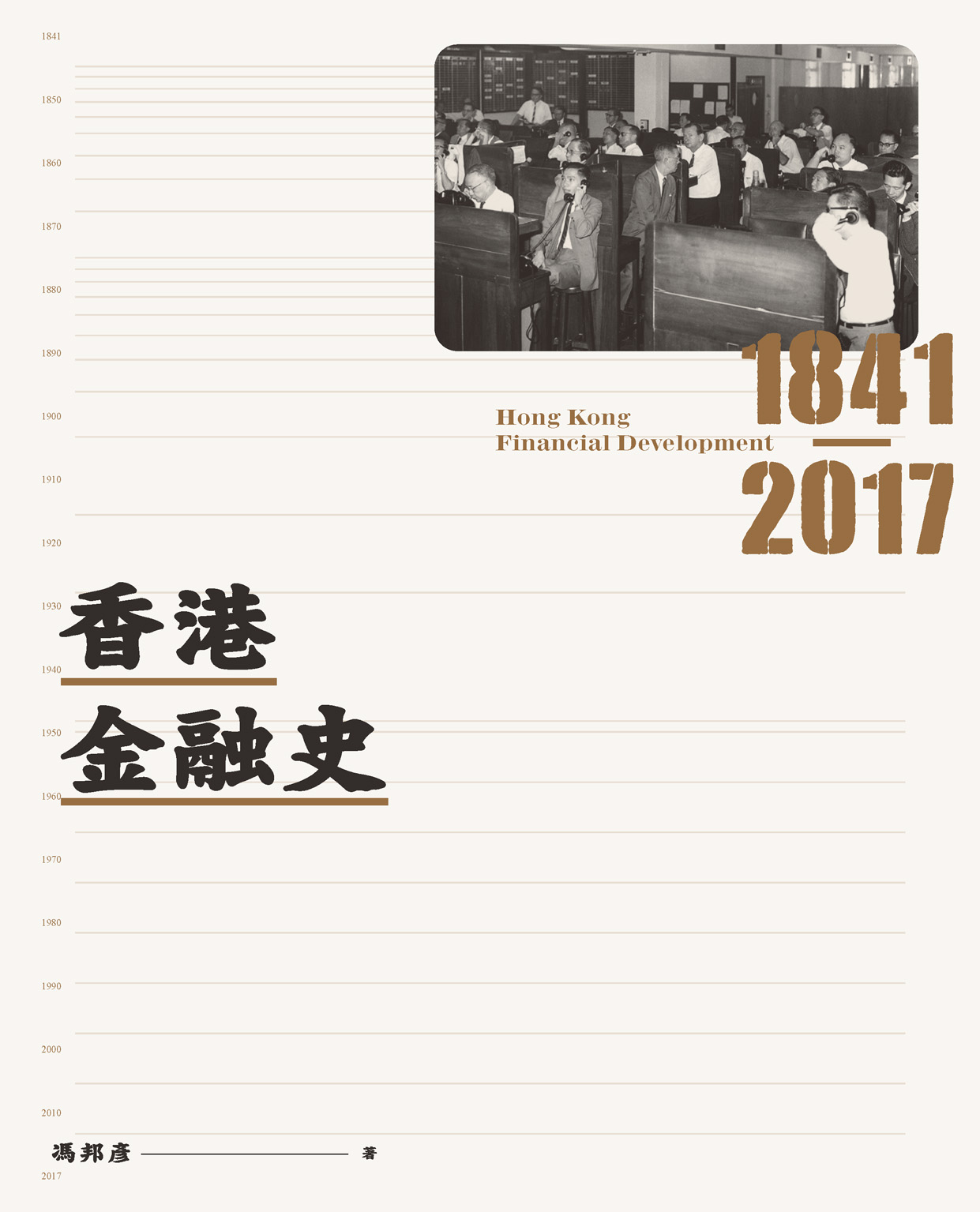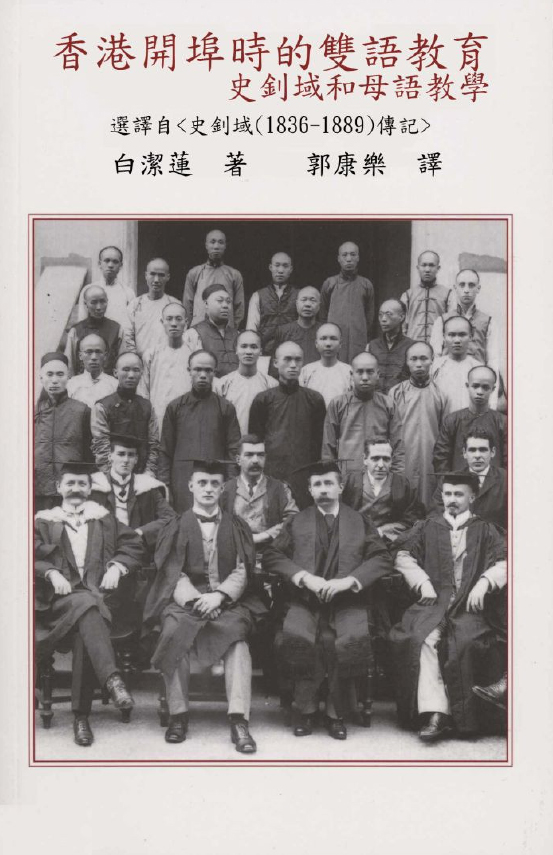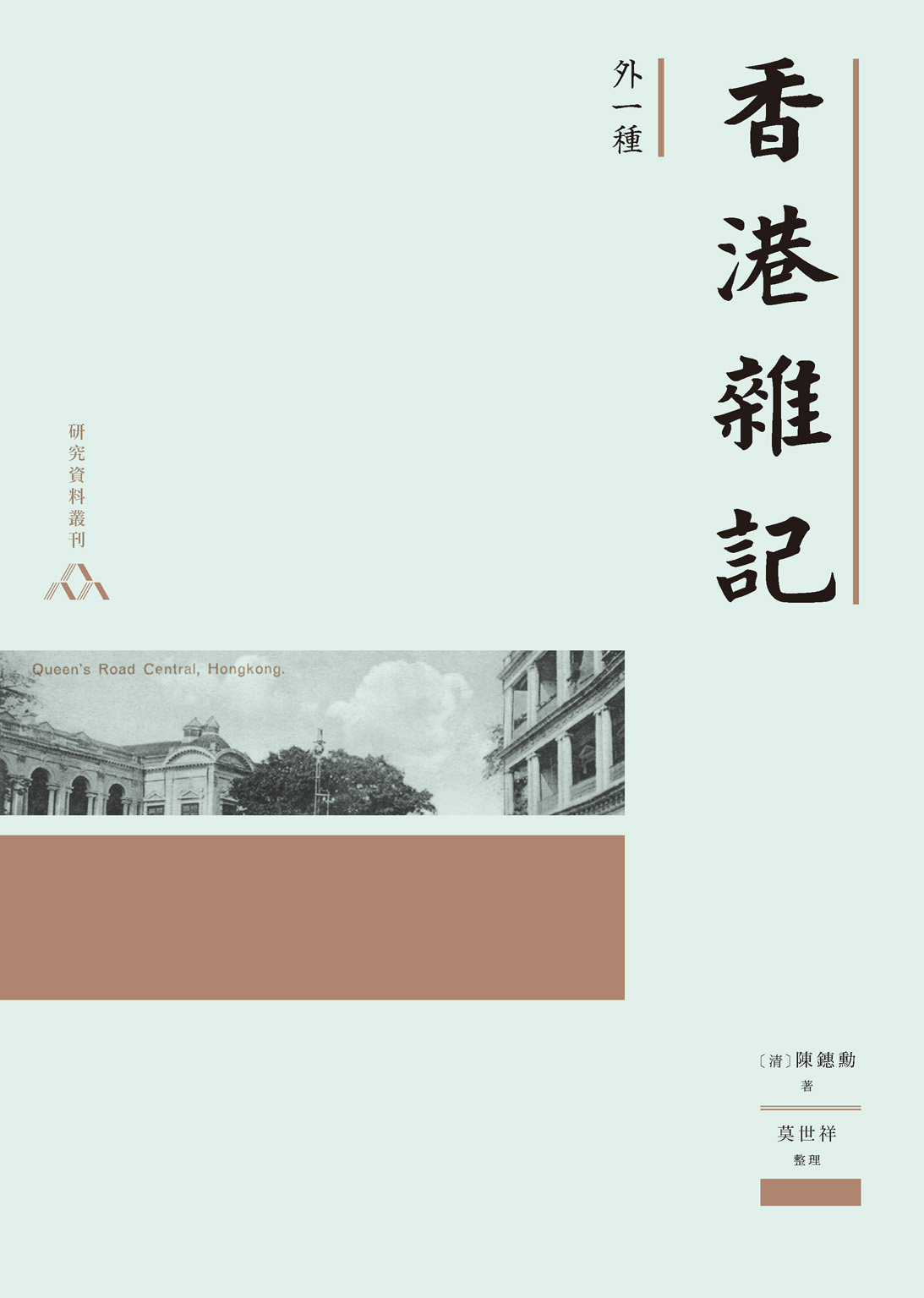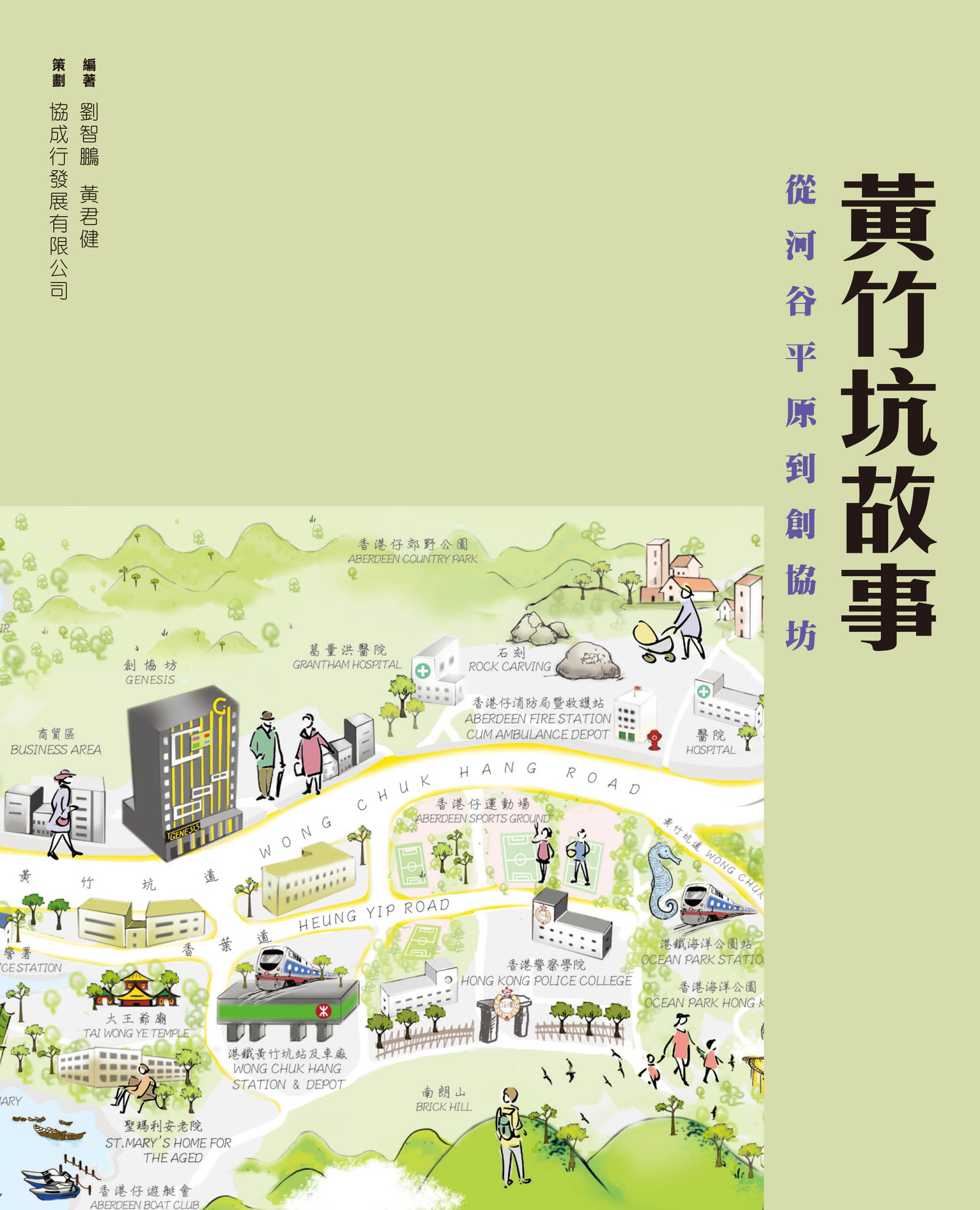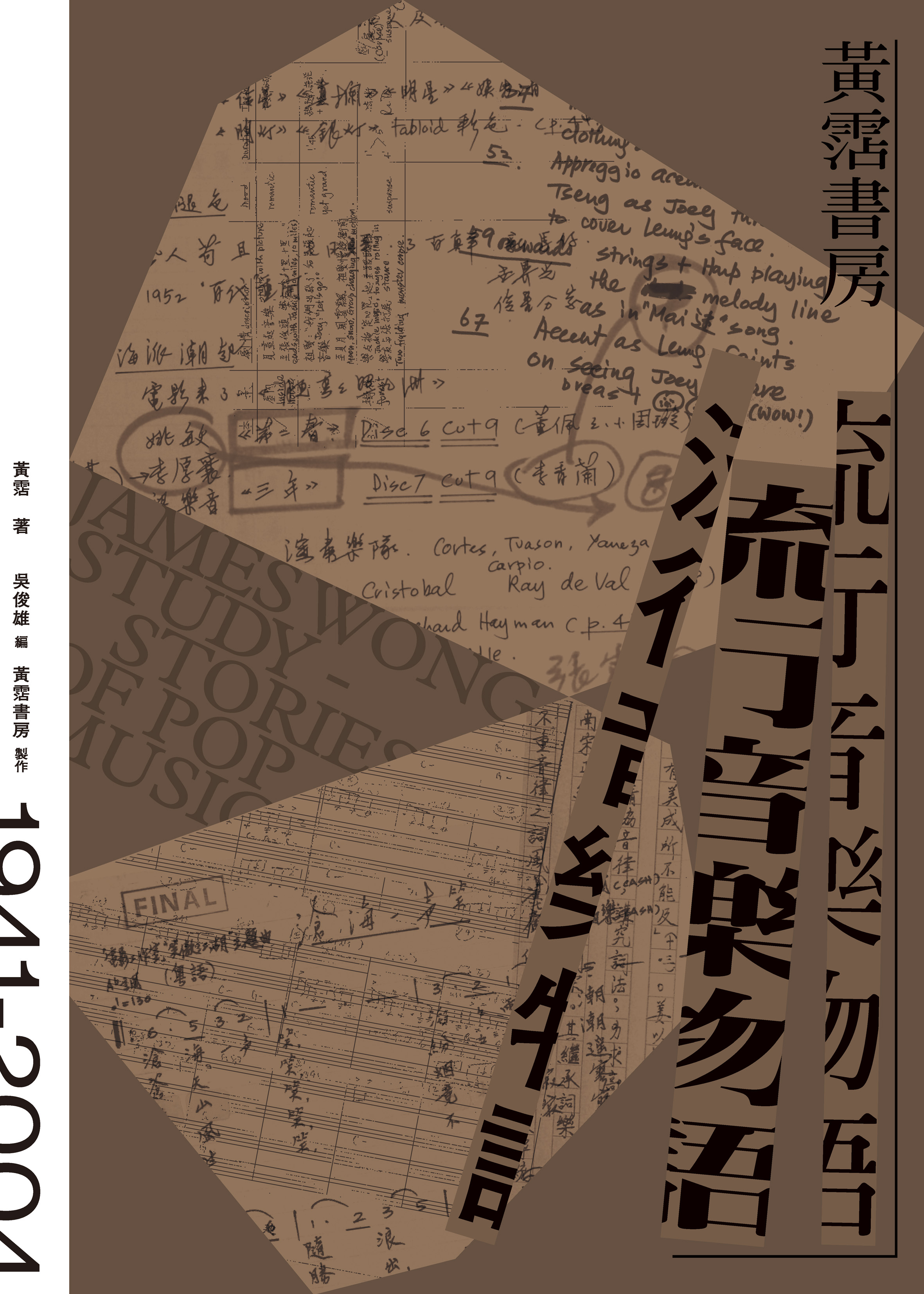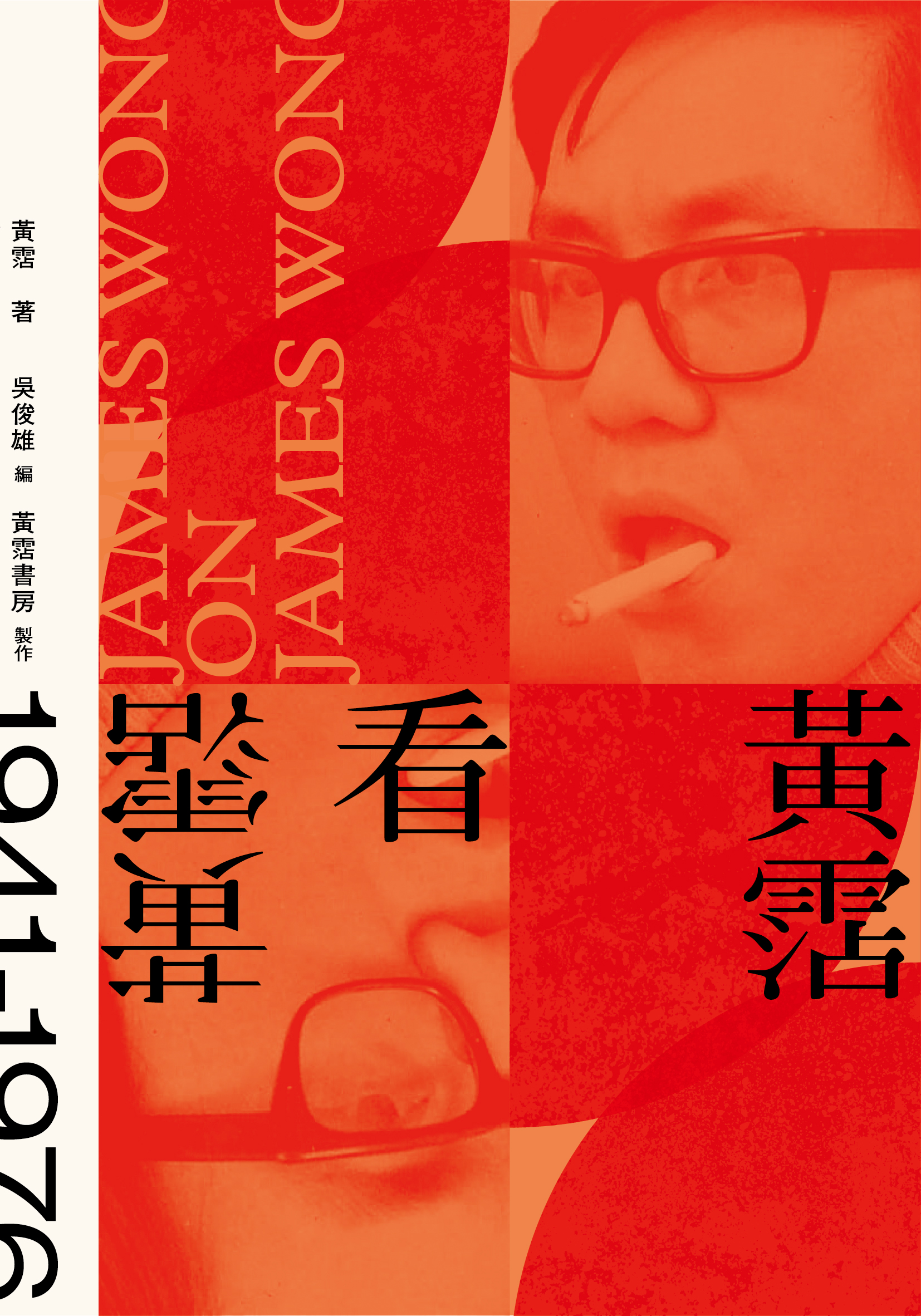e-Book List
e-Book
The history of Hong Kong's financial industry can be traced back to the time when Hong Kong became a free port. After more than 170 years of development, it has become the most strategically valuable industry in Hong Kong's economy and has a pivotal position. Professor Y.C. Jao, a well-known financial expert in Hong Kong, believes that "the rise of Hong Kong as an international financial center is one of the two major achievements of Hong Kong's economy since the end of World War II (the other achievement is the transformation from an entreport to a prosperous industrial economy)." The rise of Hong Kong as an international financial center in the Asia-Pacific region began in the 1970s. With the takeoff of Hong Kong's economy, the prosperity of the stock market, and especially the Hong Kong government's adoption of a series of financial liberalization policies, foreign banks and multinational financial institutions have flocked here, and Hong Kong's financial sector has entered a period of rapid development, moving towards diversification and internationalization. In this process, a complete and developed market system was established, as well as a sound and relatively optimal regulatory system. Despite the severe impact of the 1997 Asian financial crisis and the 2008 global financial tsunami, after the handover, with the influence of the "China factor" and the HKSAR government's active promotion of financial industry reform, Hong Kong's financial industry has made significant progress, and Hong Kong's position as an international financial center has been further consolidated and enhanced. Based on the author's "A Century of Hong Kong Finance" published in 2002, this book extends the time and space to 2017. From multiple perspectives such as banking, capital markets, asset management, insurance, and financial regulation, it comprehensively documents the development of Hong Kong's financial industry over the past century and a half. With ample information, concise language, and rare pictures, it vividly and deeply analyzes the evolution and development of Hong Kong's financial system and financial institutions and their laws, and based on this, it heralds the future development of Hong Kong into an international financial center.
- AuthorFeng Bangyan
- PublisherJoint Publishing
- Publication Date2017
This book highlights the significant contributions of Frederick Stewart, a Scottish official who played a pivotal role in shaping bilingual education in Hong Kong during the British colonial era. Following Hong Kong's establishment as a British colony in 1842, Stewart recognized the importance of promoting English education in the administrative policies of the British government. Over his 27-year tenure, he championed holistic education, resisted pressures, and implemented bilingual courses, laying the foundation for Hong Kong's public school system. Stewart's efforts directly nurtured a generation of intellectuals committed to "Western learning," indirectly influencing China's modernization process. This book provides an overview of Stewart's remarkable achievements in bilingual education.
- AuthorBai Jielian
- PublisherWen Yun Publishing House
- Publication Date2012
- Preview
This is the first Chinese-language book on Hong Kong history written by a local Chinese scholar, as well as an encyclopedia of 19th century Hong Kong society! This book contains two invaluable historical documents of Hong Kong, "Hong Kong Chronicles" and "The Complete Plan for the Construction of Kowloon Walled City", which can be regarded as an encyclopedia of 19th century Hong Kong. Among them, "Hong Kong Chronicles" written in 1894 by Chen Hui-xun, with concise words, comprehensively shows the social overview of Hong Kong and the southern Kowloon area in the 19th century. It is the first Chinese-language book on Hong Kong history written by a local Chinese scholar, which paved the way for the further research of Hong Kong history and has been influential ever since. "The Complete Plan for the Construction of Kowloon Walled City" reveals the internal situation of the Qing government's construction of Kowloon Walled City, forts and other defense facilities after the Opium War, showing the social development of the Kowloon area at that time. It is an important material to help future generations understand and study the social situation of the area before the British occupation of Kowloon.
- AuthorChen Hui-xun, Mo Shixiang
- PublisherJoint Publishing
- Publication Date2018
This book is planned by Hip Shing Hong Development Co., Ltd. It mainly focuses on the revival of obsolete industrial buildings in Wong Chuk Hang. The book also tells the development process of Wong Chuk Hang. Combining oral and documentary materials, this book organizes the content of the whole book with eight keywords, namely river valley plain, ancient village, early architecture, industrial area, public housing, recreation and entertainment, commercial area and revitalized industrial buildings. Following these eight keywords, readers can go from the ancient times of Wong Chuk Hang to today in one go. First, it starts with the geography and ancient settlements to understand the spatial and temporal background of early architecture. Then, it disseminate the interactive development between Wong Chuk Hang industrial area, public housing and recreation and entertainment facilities. Finally, it examines how Wong Chuk Hang injects new energy to the community under the policy of developing commercial areas and revitalizing industrial buildings.
- AuthorLau Chi-pang, Kenneth Wong Kwan-kin
- PublisherJoint Publishing
- Publication Date2015
In 2005, I saw his private collection of memorabilia at James Wong's home for the first time. That year, ideas to preserve Lai Tak Estate and Central Waterfront gained much currency, and "conserving local culture" had become everyone's passion. Preserving James Wong's cultural relics became an urgent task. James Wong, who was a songwriter, had unique ideas about cultural preservation. In his eyes, culture is life, and the task of cultural preservation is to remember daily footprints and tell good stories about ordinary people. Hong Kong's history is special, and the fate of ordinary people is intertwined with the sensibility of the times. He has also played a role in inheriting and renewing Chinese culture in the past by chance. Preserving local culture requires the highest standards to store relics, sort out memories, and tell the twists and turns of Hong Kong's story. James Wong's ideas are quite subtle. On the one hand, James Wong is the "object" of cultural preservation. Organizing his manuscripts and explaining his life is to faithfully follow the footsteps of this popular musician and restore the local history. On the other hand, James Wong is the "advocate" of cultural preservation. His creations and notes provide clues on how to achieve cultural preservation well in Hong Kong. From this perspective, James Wong is not only the material of history, but also the method of writing history. Using James Wong's method to preserve James Wong’s work and update James Wong’s contexts is the challenge of this book. This book focuses on Hong Kong pop music, divided into four chapters, and tells the moving stories through the cultural relics in the library.
- AuthorJames Wong
- PublisherJoint Publishing
- Publication Date2021
Volume 1: "James Wong on James Wong" This book examines James Wong's early life, revisits the formation of Hong Kong's local culture in slow motion from James Wong’s perspective, and records the collective history of common people in Hong Kong.
- AuthorNg Chun-hung
- PublisherJoint Publishing
- Publication Date2021
- Preview


